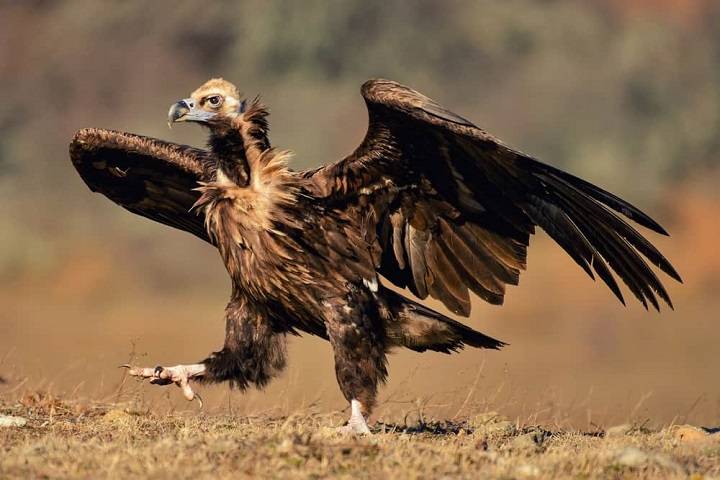In the vast expanse of our planet’s skies, there exists a creature of majestic proportions, a true marvel of nature’s design—the world’s largest flying bird. With its impressive wingspan, soaring flight, and commanding presence, this magnificent avian species captivates the imagination and inspires awe in all who behold it. In this exploration, we embark on a journey to discover the extraordinary characteristics, habitats, and conservation efforts surrounding the largest flying bird in the world.
The Giant of the Skies: The Albatross
At the pinnacle of avian grandeur stands the albatross, a seabird renowned for its immense wingspan and effortless gliding flight. Among the many species of albatrosses that grace our oceans, the wandering albatross Diomedea exulans claims the title of the largest flying bird in the world. With a wingspan that can exceed an astonishing 11 feet (3.4 meters), this magnificent creature holds sway over the vast expanses of the open ocean, where it spends much of its life in search of food and mates.
Anatomy and Adaptations: Engineering for Flight
The wandering albatross is a master of aerodynamics, with a suite of anatomical adaptations that enable it to achieve unparalleled feats of flight. Its long, slender wings are perfectly suited for gliding over vast distances, while its lightweight body and streamlined form minimize air resistance and maximize efficiency. With keen eyesight and a highly developed sense of smell, the albatross is able to locate prey from great distances, diving gracefully from the sky to snatch fish and squid from the ocean’s surface.
Habitat and Range: Roaming the High Seas
As denizens of the open ocean, wandering albatrosses are highly nomadic creatures, ranging across vast swaths of the Southern Ocean in search of food and favorable winds. They are often found in the vicinity of subantarctic islands, where they breed and raise their young during the summer months before embarking on epic foraging journeys across the high seas. Despite their seemingly limitless range, wandering albatrosses face numerous threats in their oceanic habitat, including overfishing, plastic pollution, and climate change.
Conservation Challenges: Protecting the Giants of the Skies
Despite their awe-inspiring size and remarkable adaptations, wandering albatrosses are facing increasing pressures from human activities and environmental changes. Climate change, in particular, poses a significant threat to these majestic birds, as rising sea temperatures and changing ocean currents disrupt their food sources and breeding habitats. Additionally, entanglement in fishing gear, ingestion of plastic debris, and incidental capture in longline fisheries pose grave risks to albatross populations worldwide.
Biggest Flying Bird in The World
In response to these challenges, conservation organizations, researchers, and governments around the world are working tirelessly to protect and preserve wandering albatross populations. Efforts to reduce bycatch in fisheries, mitigate plastic pollution, and establish marine protected areas are critical steps toward ensuring the long-term survival of these iconic birds. By raising awareness, promoting sustainable fishing practices, and advocating for stronger conservation measures, we can all play a role in safeguarding the future of the world’s largest flying bird.
Related Post:
Unveiling the Spectrum of Colored Duck Eggs: Nature’s Palette of Surprises
Unlocking the Secrets of Duck Hatching: From Egg to Duckling
Tips & Tricks for Confidently Opening a Business
7 Tips for Remodeling Your Backyard
In conclusion, the wandering albatross stands as a symbol of resilience, grace, and natural beauty in a world of ever-increasing challenges. With its awe-inspiring size, effortless flight, and vital ecological role, this magnificent bird serves as a reminder of the profound interconnectedness of life on our planet. As we strive to protect and preserve the wandering albatross and its oceanic habitat, we also honor the rich tapestry of life that sustains us all, ensuring that future generations may continue to marvel at the majesty of the world’s largest flying bird.



